By Philip Swindells
The construction of a garden pond demands considerable care and attention, but is well within the capabilities of most practical gardeners. There are a number of different methods of construction, each having virtues from both a practical and aesthetic point of view. The most important factors are ensuring that the structure is secure and water-tight, and that the accommodation afforded is suitable for the plants and fishes that it is intended to introduce. Careful planning is an essential ingredient for success.
Pond liners are the most popular option and available in a variety of materials. They enable the water gardener to create almost any fanciful shape or design of pond and to easily add a very functional bog garden. They are, however, the most vulnerable to damage, although if carefully constructed and maintained the risk is minimal. Make sure that the material selected is the most appropriate for the pond and the construction method being proposed.
Pre-formed ponds place some constraints upon the imaginative garden designer as they are a rigid shape. Not usually a constraint for the formal water gardener who requires a particular pre-determined formal shape and size, but limiting when an informal pond is envisaged, although in recent years the designs of pre-formed pond shapes have greatly improved. The introduction of modern materials has also led to improvements, some of the restrictions of earlier technology now having been removed.
Concrete ponds do not have quite the same following as previously, but are still constructed for some larger projects, especially as fish ponds, and by serious fish hobbyists who are involved in specialized fish breeding and showing. Although the construction of a concrete pond is never going to be easy, some of the previous problems that have placed limitations upon concrete construction for the home gardener have been overcome with the introduction of various additives. This has been especially important in the areas of temperature as it affects the laying of concrete and its subsequent hardness and resilience. Internal waterproofing techniques, as well as external sealants have also been greatly improved.
The greatest revolution, however, has been seen with the introduction of bentonite, especially the bentonite blanket. This has enabled the traditional method of clay puddling to be revived in a different form. The bentonite blanket comprises a specialized clay layer between geo-textile fabric that enables the gardener to line an excavation with natural clay, but without the attendant problems associated with old-fashioned clay puddling. Leaks are virtually unknown as the blanket is self-sealing.
Philip Swindells has over 40 years gardening experience. A former botanical garden curator and an international horticultural consultant, he has worked extensively in the UK, North America, the Middle East and Australia. The Author of more than 50 gardening books, he has been awarded a Quill and Trowel Award by the Garden Writers' Association of America. He is also a former UK Garden Writer of the Year. He is currently editor of www.internationalwatergardener.com
Posted on Apr 7th, 2006 to Articlesbase Free Online Articles Directory http://www.articlesbase.com/gardening-articles/garden-pond-construction-21635.html
Thursday 20 August 2009
Subscribe to:
Post Comments (Atom)




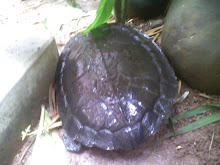












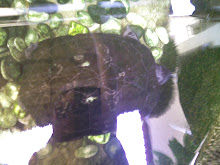














.jpg)
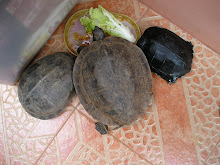
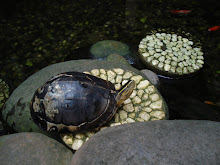+085.jpg)





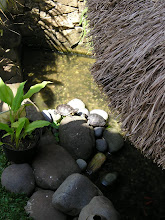.jpg)
No comments:
Post a Comment